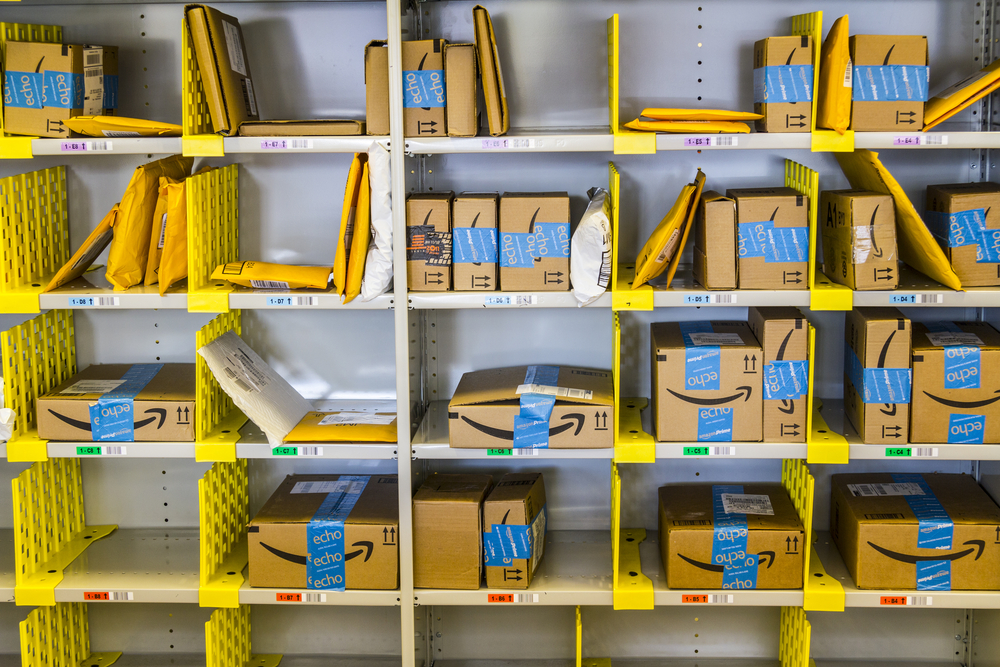
Stock-outs mean you can’t sell your product. But “no sales” isn’t just “no sales”, it’s a lot worse. If you run low or have a stock-out, things will happen that will really hurt your business.
• If you have a stock-out you’re going to drop in the Amazon rankings. Your competitors will still be selling, and you won’t.
• You won’t get new reviews, you could lose your Best Seller ranking, and your competitors are going to be getting new reviews all the time making them look better. It’s a vicious circle.
• If you’re still spending on advertising, you’re losing money.
• And customers are going to trust you a little bit less if you let them down, too.
So you really, really need to avoid stock-outs. They can make your business lose the momentum that’s very difficult to get back again.
First of all, if you want to avoid running low on stock, you need to do more than just look at stocks as they are right now. You need to monitor your stocks dynamically, looking at how fast you’re selling and how many days or weeks of stock you have available. If your sales are increasing rapidly, you need to take account of that in doing the calculation, too.
Things can change very fast. 2,500 units of stock are fine when you’re selling 5 a day (it’ll last you a year and a half). But if your sales go up to 40 a day, you’ve only got just over two months of stock left, and if your lead time is a month and a half at best, you need to reorder fast! That’s an extreme example but shows the dynamic nature of this relationship.
If you have just a couple of products then it’s easy to manage your inventory by looking at your sales trend and extrapolating it forwards. If you have a multi-product portfolio and you don’t have enough time to do it, you’ll need software to help. (And yes, CashCowPro has an inventory management module!)
Remember to allow for seasonality of demand. For instance, you’ll need to ensure you have the right level of stock for the Thanksgiving, Black Friday, and winter holiday season. If your product sells better in winter (for instance fleeces or Christmas trees), you’ll need more in stock in September – maybe you should make a regular check in July or August so you can stock up. On the other hand, summer items will need a refresh towards the end of spring.
You also need to know your lead time for supply. That might not be as simple as it sounds. It can be affected by the holiday season or peak times for the product; those importing Chinese products know that Chinese New Year can cost them weeks as different bottlenecks hit production. Your lead time might be volume-dependent, so you can get stock coming in, but just not enough. And of course, you need to include shipping time in the total lead time, from the factory to Amazon’s warehouse, or you won’t be able to supply.
Make sure your supply chain is properly set up, so you don’t have a lot of time wasted between different stages in the process – for instance between the product being ready at the factory, and being able to ship.
If you can see a stock-out heading your way, you need to apply the brakes. First of all, stop paying for PPC – there’s no point advertising something that you can’t sell. Secondly, consider putting the price up. That could help your inventory last longer but it will also mean you’re earning more for each sale.
Remember, stock-outs hurt, so avoiding them is important!
